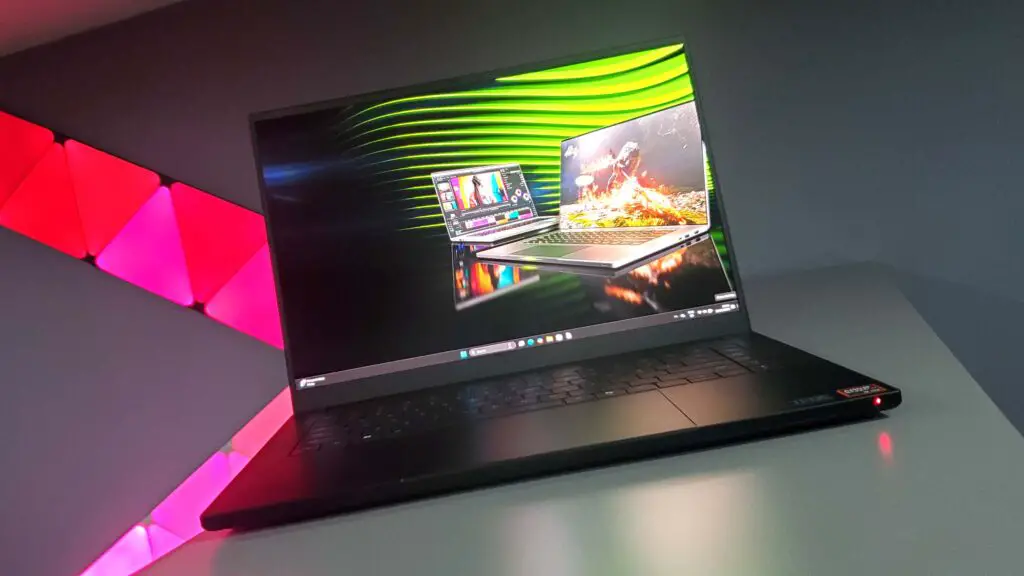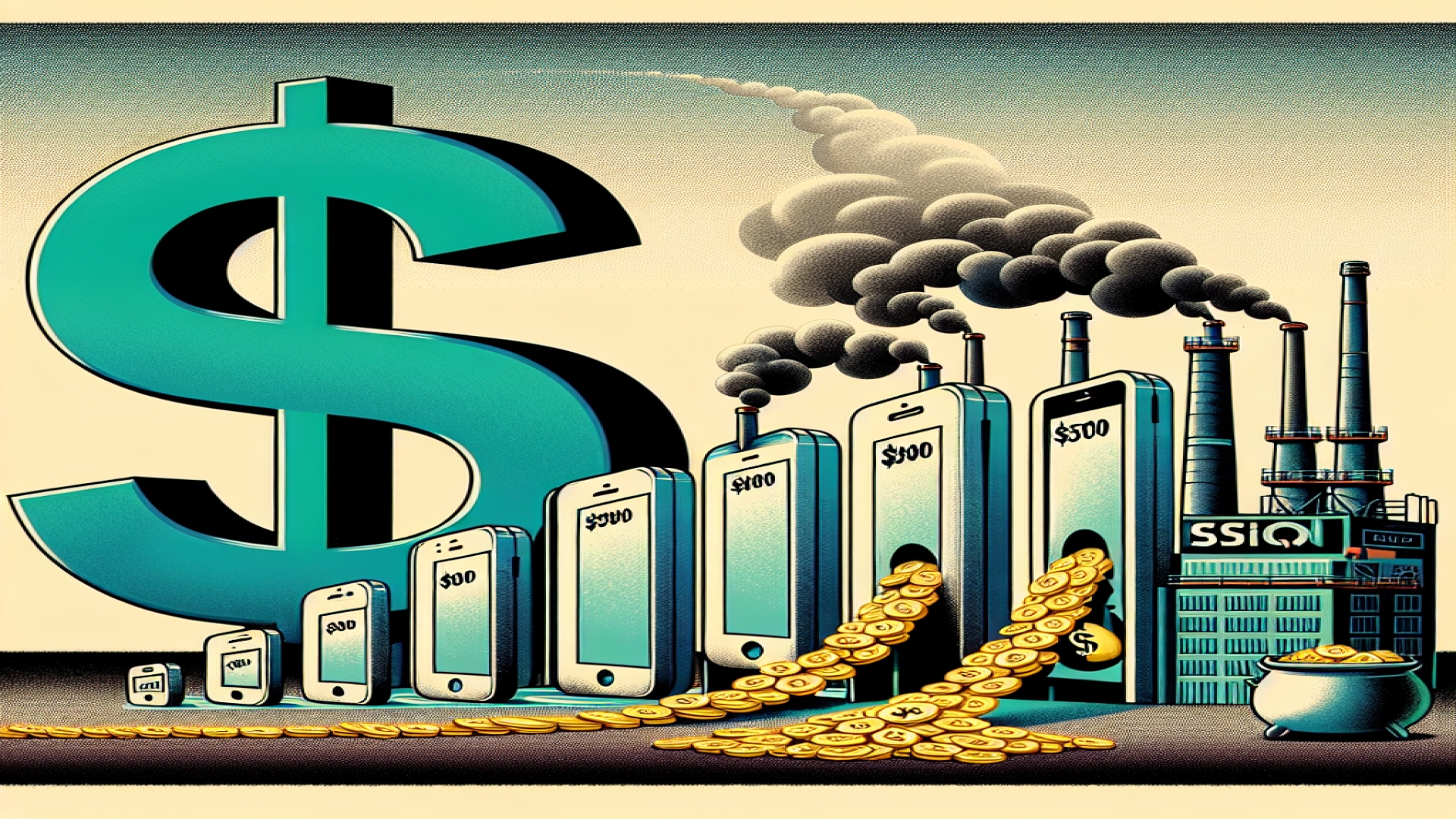Recent discussions around trade policies, specifically tariffs aimed at boosting US manufacturing, raise significant questions about the potential impact on consumer electronics costs. A key goal is relocating the production of goods like the iPhone back to the USA, but what would this realistically entail for pricing and logistics? Analysts are painting a picture of dramatically increased costs and complex supply chain challenges.
Dan Ives, leading technology research at Wedbush Securities, provided a stark forecast to CNN regarding iPhone prices if manufacturing were entirely shifted stateside. “It’s the most complex supply chain in the world,” Ives noted, estimating that building the necessary infrastructure domestically could lead to “$3,500 iPhones.” He elaborated that the intricate network currently supporting iPhone production, primarily in China, involves hundreds of facilities.
Furthermore, Ives projected significant hurdles in time and investment, suggesting it would cost Apple approximately “$30 billion and three years to move just 10% of the supply chain to the US.” Attempting to fully repatriate this vast infrastructure appears incredibly demanding, both financially and logistically.
Potential Impact on Gaming Laptop Prices
These potential shifts have profound implications beyond smartphones, extending into the realm of high-performance computing, a key interest area for readers of Digital Tech Explorer. While the iPhone supply chain is exceptionally complex, assembling a modern gaming laptop involves integrating numerous sophisticated components. Applying a similar cost escalation logic to a mid-range gaming laptop, such as this HP Omen 17 featuring an RTX 4070 (currently around $1,500), could push its price beyond $5,000 if fully manufactured in the US.
Extrapolating this further, premium machines like the latest Razer Blade 16, which already command prices around $4,500, could potentially approach an eye-watering $15,000. As TechTalesLeo often explores, the journey from components to finished product is intricate, and relocating the entire production ecosystem for laptops to the US would likely be a lengthy and costly endeavor.

US Manufacturing Feasibility vs. Tariffs
While Ives’s iPhone cost projection is one analyst’s estimate, it highlights the practical difficulties of shifting the production of advanced consumer electronics on a large scale. The sheer cost and time involved present significant barriers.
If these figures hold even partially true, it suggests that absorbing even substantial tariffs (potentially 100% or more) might still be more economical for companies like Apple than undertaking a complete manufacturing overhaul to the US. The feasibility of establishing large-scale domestic manufacturing for complex devices like iPhones and gaming laptops remains questionable when weighed against the alternative of paying import duties.
Outlook on PC Hardware Pricing
The future direction of tech hardware pricing is uncertain. Factors like potential tariff adjustments and the immense costs tied to relocating manufacturing create a volatile environment. For tech enthusiasts and professionals following Digital Tech Explorer, it seems unlikely that PC hardware, whether imported or domestically produced under these hypothetical conditions, will become significantly cheaper in the near term. Staying informed on these global supply chain dynamics will be crucial.
Authored by: TechTalesLeo for Digital Tech Explorer
Disclaimer: All content on Digital Tech Explorer is for informational and entertainment purposes only. We do not provide financial or legal advice.
Affiliate Disclaimer: Some of the links on Digital Tech Explorer are affiliate links. This means we may earn a commission if you click through and make a purchase, at no additional cost to you. Our recommendations are based on thorough research and personal experience. The link to B&H Photo Video in this article is an affiliate link (rel="sponsored noopener").

